Climate change has shaped up to be a very real concern in recent elections, in future business plans in new economic frontiers for those brave enough to try, and has also found its way into the literary world and grown into a new genre. Cli-Fi (climate fiction) is a type of speculative fiction that uses climatic disaster or a changing climate as a major plot device. It can overlap with science fiction and feature dystopian themes running the gamut from light to deep reads.
New to the genre and interested in fiction incorporating the science of climate change? Then these celebrated cli-fi books are available for you to borrow and read for free.
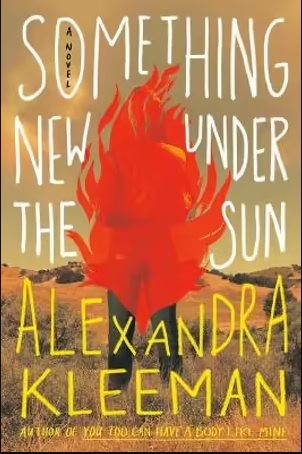
Something New Under the Sun by Alexandra Kleeman, 2021
In Something new under the sun, Kleeman grapples with the corruption of our environment in the age of alternative facts. This book crosses multiple genres as it is part mystery, part climate horror story, and part Hollywood satire. Exploring human anxieties, liabilities, dependencies and our responsibility to the truth, this novel features novelist Patrick Hamlin, wanting to restart his writing career with a film adaption of one of his books impressing his family back home in the process. He finds a California surviving on WAT-R, an artificial substitute to the real thing and a new disease hitting the streets — Random Onset Acute Dementia. Is there a link? Read the novel to find out.
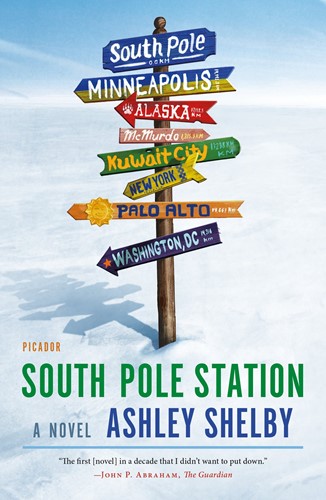
South Pole Station by Ashley Shelby, 2017
Exploring themes of survival extremes, climate change denial and political biases, this wry and witty novel is Shelby’s debut. Artist, Cooper Gosling, finds herself with a group of misfits assigned to the South Pole Station. Enter a climate-denying fringe scientist and this group of misfits are dragged into the centre of a global controversy threatening the ice-covered continent that now constitutes their home.
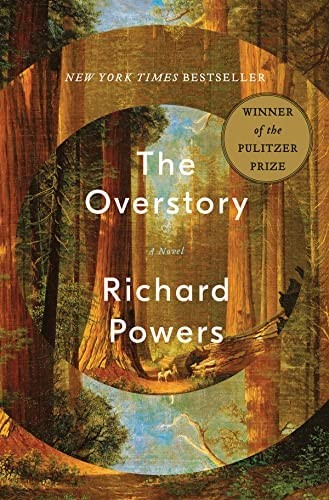
The Overstory by Richard Powers, 2018
Winner of the 2019 Pulitzer Prize, this is a passionate book about environmental activism, humans and our relationship with the environment. “Billions of years ago, a single fluke, self-copying cell learned how to turn a barren ball of poison gas and volcanic slag into this peopled garden…"They think she’s nuts, and that’s fine with her. She’s content to post a memory forward to their distant futures, futures that will depend on the inscrutable generosity of green things.
Powers interweaves the narratives of human lives — many of them, activists — with the ancient world of trees and climate change underpinning the environmental destruction that we watch.
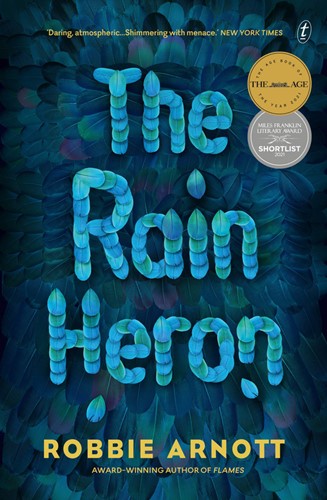
The Rain Heron by Robbie Arnott, 2020
Available in both physical and eBook formats, The Rain Heron by Robbie Arnott is an evocative and lyrical fable inspired by Mount Wellington / kunanyi in Tasmania. Arnott won the 2019 Margaret Scott Prize in the Tasmanian Premier’s Literary Prizes and was the 2019 Sydney Morning Herald Best Young Novelist, so this second book was published to high expectations. His love of this mountain and the inspiration that landscapes and the land have for him come strongly through this new novel. On kunanyi he tells us there are abandoned huts, snow, lichen-scarred boulder fields, beautiful waterfalls and a wonderful array of birds which is a perfect backdrop for the rain heron, a mythical bird made of rain, able to save and destroy the land. It is at once a beautiful creature and a dangerous one as we learn there are terrible consequences for a person who tries to capture it. This is a tale set in a post-war dystopian time about greed and the destruction of the land that sets the terrible events on the mountain in motion. It is a cli-fi thriller and mystery as we come to learn how our main characters are formed and how they come to meet.
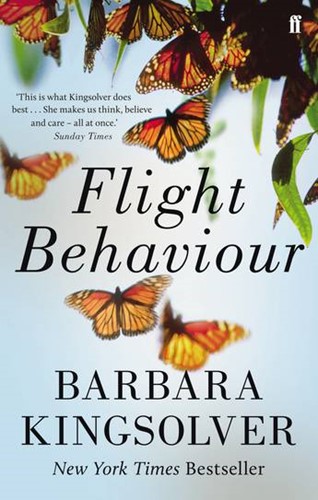
Flight Behaviour by Barbara Kingsolver, 2015
Appearing on multiple cli-Fi reading lists, Kingsolver’s Flight Behaviour weaves discussions on climate change, climate change facts, and insights on how climate change deniers come to be into a compelling read. A young wife and mother on a failing farm in rural Tennessee stumble upon a hillside covered with swathes of orange monarch butterflies that look like a lake of fire in the forested valley. She becomes an internet sensation after posting photographs of the phenomenon and scientists come to investigate this major change in migration patterns which they believe is due to climate change. But the young mother is a climate change denier and the inevitable clash of beliefs has consequences.
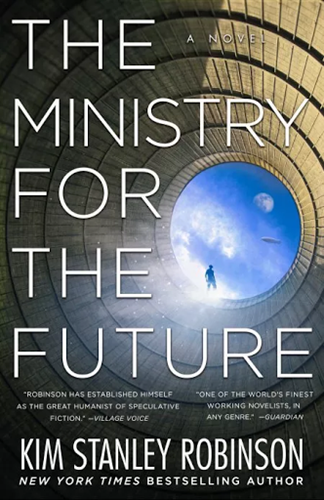
The Ministry of the Future by Kim Stanley Robinson, 2020
It’s the year 2025, and a new world organisation called the Ministry for the Future is incepted by the United Nations. Its purpose: to advocate for future generations and to protect all living creatures. But a mere two months later, 20 million people die in a heat wave in rural India, and everything changes. We follow Mary Murphy, the head of the ministry, and Frank May, the sole survivor of the heat wave, and their efforts to save the world. From Mary’s perspective, we learn about the different ways to tackle climate change: geoengineering, renewable energy, reducing carbon emissions from travelling, and more. So if you are wanting an optimistic view of humans solving climate change then this one is for you.
